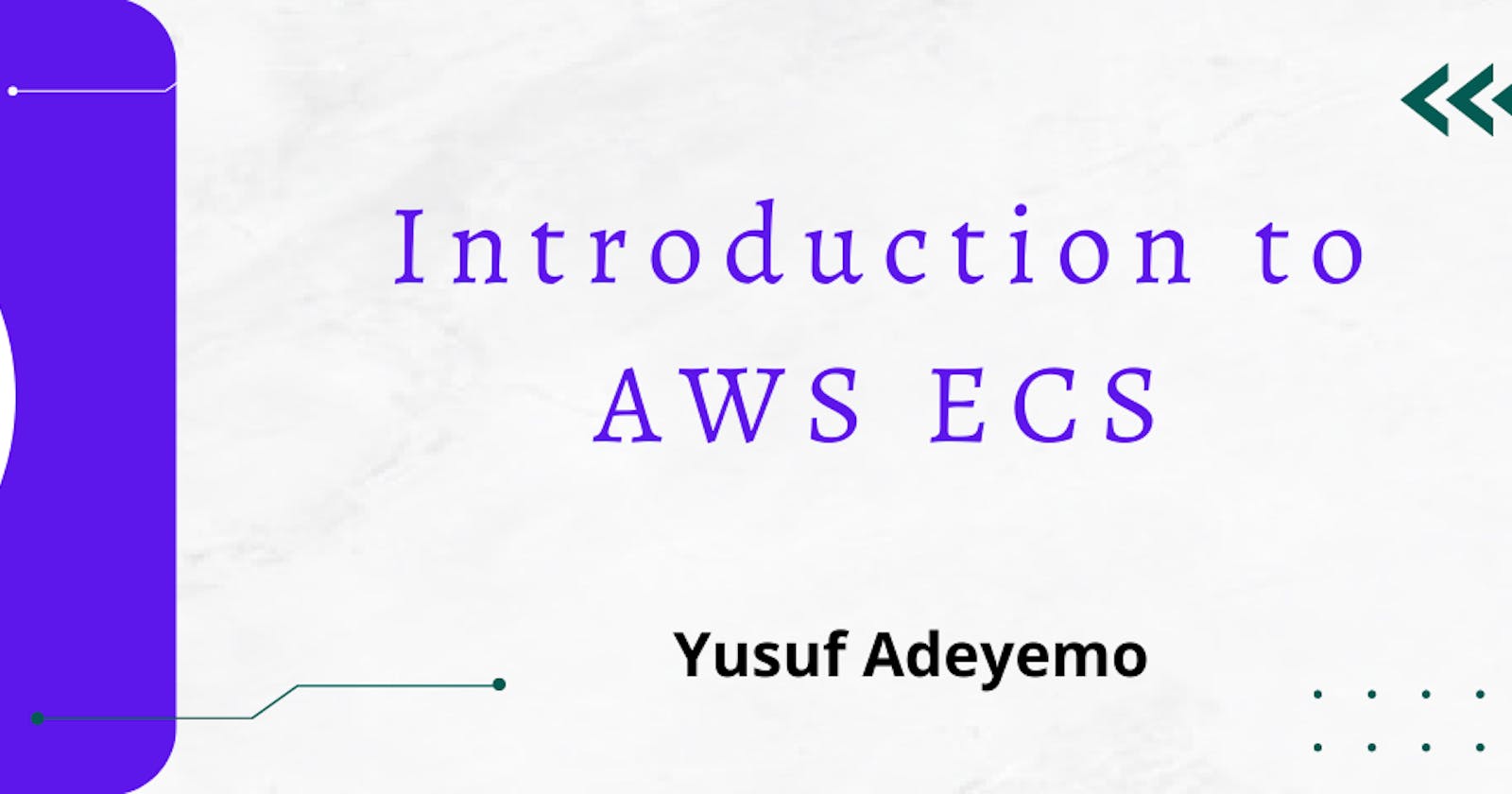Introduction to ECS (Elastic Container Service)
Getting started with AWS fully managed container orchestration service ECS
With the recent rise in the usage of microservices, people have moved to Microservices to build their infrastructure and adopt it for deploying their applications and their overall DevOps strategy has changed significantly. Choosing microservice architecture also introduced another concern in managing these services, and as a result, the demand and the need for Container orchestration surged drastically over the years. AWS Elastic Container Service (ECS) is a cloud service that makes it easier to deploy and manage your container applications.
ECS, or Elastic Container Service, is a cloud-based container orchestration service offered by Amazon Web Services (AWS). It allows users to easily deploy and manage containers on the cloud, making it an attractive option for organizations looking to take advantage of the benefits of containerization.
Why ECS?
Here are several key benefits of Amazon ECS:
Simplicity — If you need an AWS-opinionated solution running containers at scale, think ECS. It reduces the time it takes to build, deploy, or migrate containerized applications.
Managed availability — ECS is responsible for maintaining application availability and helps you scale up or down as needed to meet capacity demands.
Scheduling capabilities -- If you need a way to schedule services, applications, and batch processes, ECS is an excellent choice for you.
Launch types: ECS can be launched in three following modes:
Fargate launch type: The fargate launch type, takes most of the responsibility from the users and takes in only the basic inputs like the CPU type, memory, and IAM policies from the user to run the application cluster.
EC2 launch type: This is a more customizable launch type. Users are responsible for the number of instances in the cluster, scaling their cluster, and more. This allows you to be more in control of your clusters which may be required for security reasons.
External launch type: The External launch type is used to run your containerized applications on your on-premise server or virtual machine (VM) that you register to your Amazon ECS cluster and manage remotely.
Components of the ECS Service
Task Definition: This is a blueprint that describes how a docker container should launch. If you are already familiar with AWS, it is like a LaunchConfig except for a docker container instead of an instance. It contains settings like exposed port, docker image, CPU shares, memory requirement, the command to run, and environmental variables.
Task: A task is a running instance of a task definition. Users can start, stop, and monitor tasks using the ECS API or the AWS Management Console.
Service: Defines long-running tasks of the same Task Definition. This can be one running container or multiple running containers all using the same Task Definition.
Cluster: A logic group of ECS instances. When an instance launches the ECS-agent software on the server registers the instance to an ECS Cluster.
AWS ECR: is integrated with Amazon ECS allowing you to easily store, run, and manage container images for applications running on Amazon ECS. All you need to do is specify the Amazon ECR repository in your Task Definition and Amazon ECS will retrieve the appropriate images for your applications.
Conclusion
In conclusion, ECS is a valuable tool for managing and deploying containers on the cloud. Its scalability and seamless integration with other AWS services make it an attractive option for organizations looking to take advantage of the benefits of containerization. While there are some potential downsides to using ECS, overall it is a powerful and versatile platform for deploying containerized applications.

